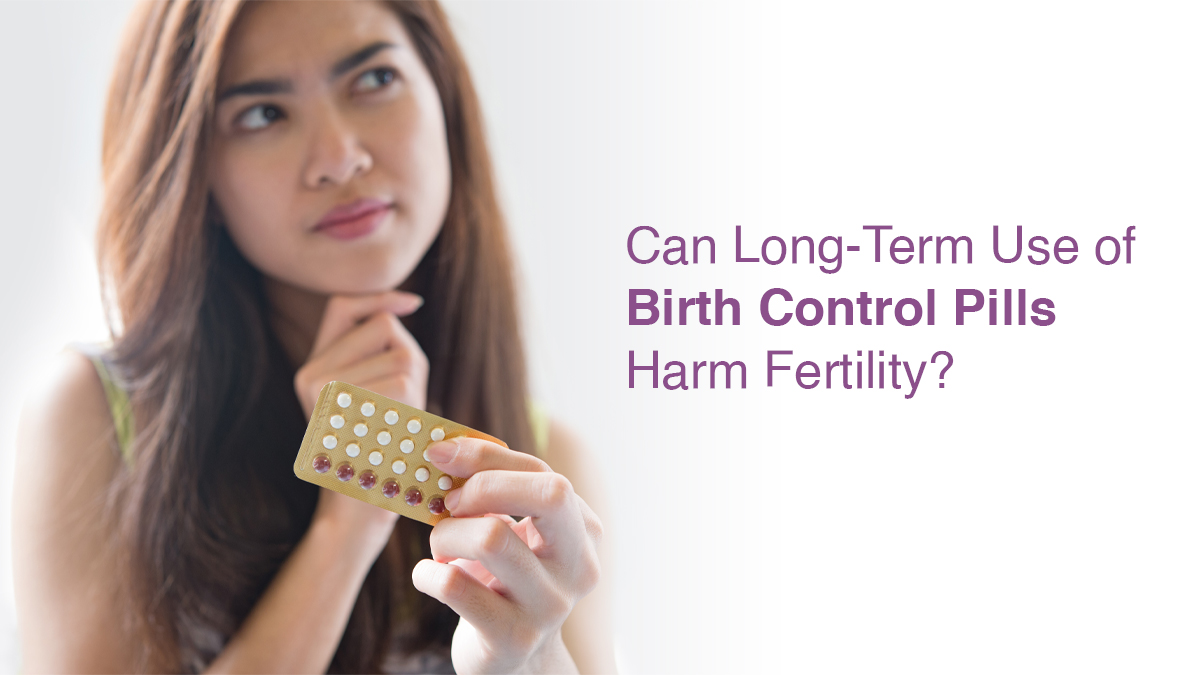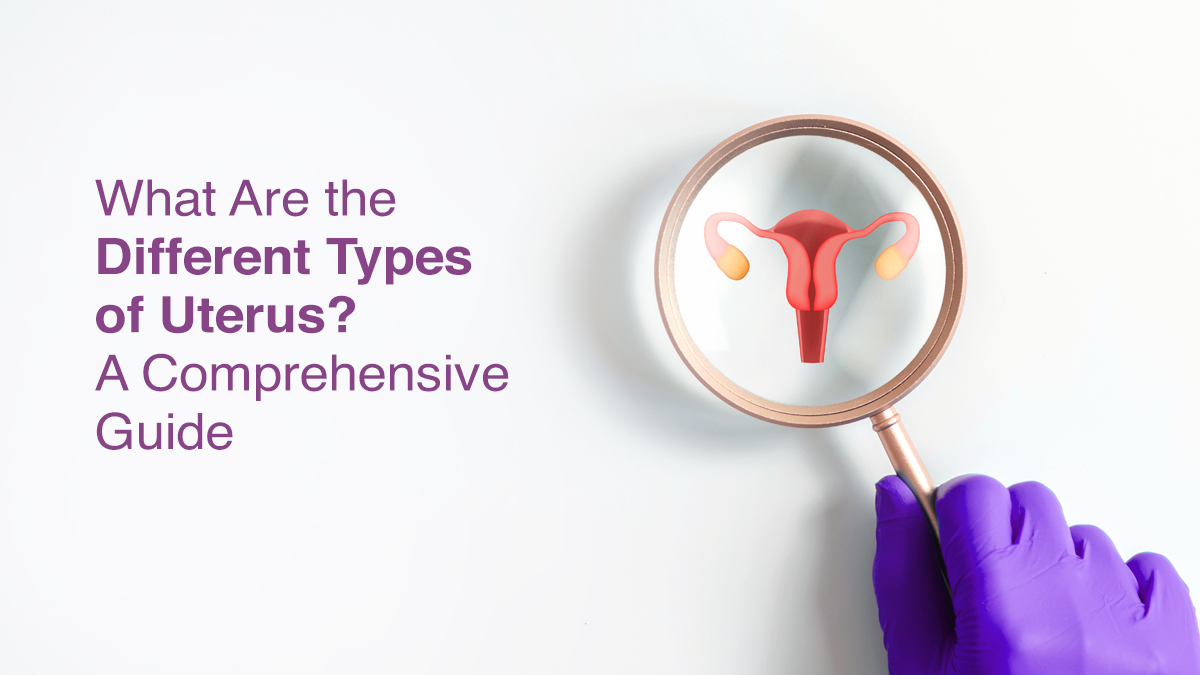
Endometrial Thickness – What You Need To Know

The inner lining of the female reproductive system, also known as the endometrium, usually thickens during menstruation. And this happens because your body prepares the endometrium to host an embryo each month during your menstrual cycle. During this process, the endometrial thickness increases or decreases.
What is normal endometrial thickness in mm?
Two major hormones, estrogen and progesterone, cause these cycles of endometrial growth along with its shedding through menstruation if pregnancy does not occur. Let’s take a detailed look at how much thickness is normal.
The normal thickness of the endometrium size changes throughout a person’s life, from childhood, sexual maturity, fertile years, to menopause and after.
Talking about the endometrium lining, it varies as per age and other factors. The thickening of the wall is common for grown-up girls. However, for young females who haven’t begun menstruating yet, the endometrium though present, is in its smallest size.
Menstrual Cycle and Endometrial Thickness
According to research, the thinnest thickness of the endometrium is between 2 to 4 mm, which is during menstruation or period (Days 1 to 5).
The first half of the proliferative phase starts around the time between the end of one menstrual cycle, when the bleeding stops, before ovulation, or between day 6 and 14 of the cycle. The endometrium starts to get thicker and measures between 5 and 7 mm during this phase.
As the cycle moves towards ovulation, it grows thicker till 11 mm. Once the cycle has reached the 14th day, hormones trigger the release of an egg. During this secretory phase, endometrial thickness reaches its maximum, which is up to 16 mm.
During any phase of the menstrual cycle, an endometrial thickness of less than 14 mm is considered normal.
Endometrial Thickness and Pregnancy
A certain endometrial thickness is essential for a woman to conceive. Thin endometrium leads to Implantation failures and miscarriages. In pregnancy, neither too thin nor too thick offers a good chance for embryo implantation, making room for the embryo to get the nutrition it requires and leading to a healthy and full-term pregnancy. As the woman advances in pregnancy, the thickness increases accordingly. An endometrial thickness of 6 mm offers a good chance at having a successful pregnancy.
Endometrial Thickness and Menopause
According to scientific studies it’s been found that normal thickness of endometrium lining varies as compared to another women. For a person who’s in the menopause stage, the endometrial thickness essentially measures roughly 5 mm or less.
How Is Endometrial Thickness Measured?
The most common method used to measure the thickness of the endometrium is by doing an ultrasound. Healthcare providers use this first, particularly if an individual goes to them with abnormal vaginal bleeding.
When ultrasound does not suit, which usually happens due to the position of the person’s uterus or other health issues, MRI is used.
What Are The Symptoms of Excessive Endometrial Thickness?
The endometrial wall usually has a specific range of thickness to fall into. Though influenced by external and internal factors, the lining can tend to surpass the regular thickening, hence leading to multiple issues. Some of the common signs of excessive thickness that you can observe:
- Bleeding after menopause
- Spotting between periods
- Very heavy or long-lasting bleeding during menstruation
- Irregular menstrual cycles that last less than three weeks or longer than five weeks
- Absence of periods (Amenorrhea)
What Are The Treatments for Over Endometrial Thickness?
The treatments for over thickness of endometrium include progestin which is a female hormone that prevents hysterectomy and ovulation.
According to studies, the progress of the pregnancy is slow or difficult when the endometrial thickness readings are low.
The treatments for a thin endometrium include:
- Estrogen
- Medications and supplements used to improve blood flow
- Human chorionic gonadotrophin, which is a hormone that the placenta produces after an embryo implants in the uterus wall
However, research shows that these treatments may not always be effective. Hence, you can consult with your fertility specialist to know how to go about if the treatment does not work and take a decision.
When Should You Visit Your Doctor?
Endometrium has a role to play during menstruation, any irregular or not-so-normal symptom during the monthly cycle requires consultation from an expert. You should visit your doctor if you notice abnormal vaginal bleeding, which can include:
- Unusually heavy flows
- Spotting between period
- Vaginal bleeding or spotting after menopause
- Irregular, short blood flows
For those who experience pelvic pain and do not know the cause should visit their doctor and ensure that it is not a sign of endometrial cancer. Other symptoms to look out for are a feeling of fullness even if you did not eat much and bloating.
What Is an Ideal Endometrial Thickness for IVF?
Embryo transfer, fresh or frozen is a crucial step for IVF. Along with other factors, endometrial thickness also plays an essential role in deciding the time of embryo transfer to avoid implantation failures during IVF. An endometrial thickness of 7-10mm is considered optimal for favourable IVF outcomes.
Conclusion
Measuring endometrial thickness has helped many women who have been facing miscarriages and were unable to have a baby, have a healthy and full-term pregnancy. Endometriosis and Endometrial cancer are the major health concerns among women. Although changes in the endometrial thickness is common in a woman’s life, it is important to consult with a doctor if you notice sharp pelvic pain, heavy or less bleeding, abnormal discharge, and other changes.
[tm_heading custom_google_font=”” align=”center” text=”Get In Touch”][tm_contact_form_7 id=”15931″]


fill up the form to get a
Free Consultation
Avail 0% interest on EMI
All Procedures | No Upper Limit
How we reviewed this article:
- Current Version
- May 30, 2024 by Oasis Fertility
- November 17, 2023 by Oasis Fertility
- October 31, 2023 by Oasis Fertility
- February 22, 2023 by Oasis Fertility
- May 5, 2020 by ShootOrder





